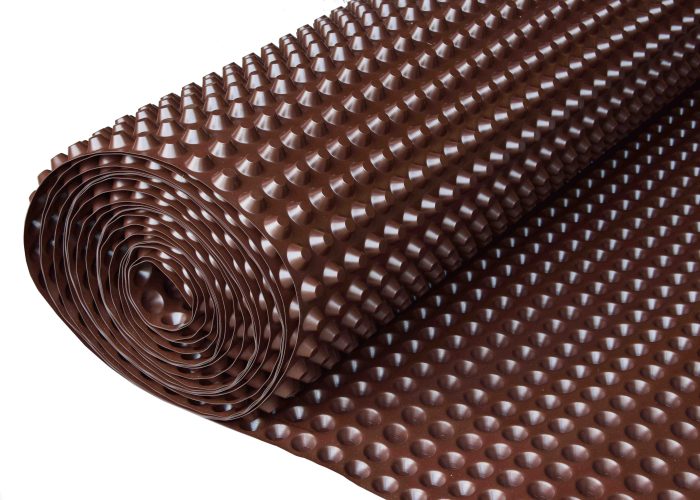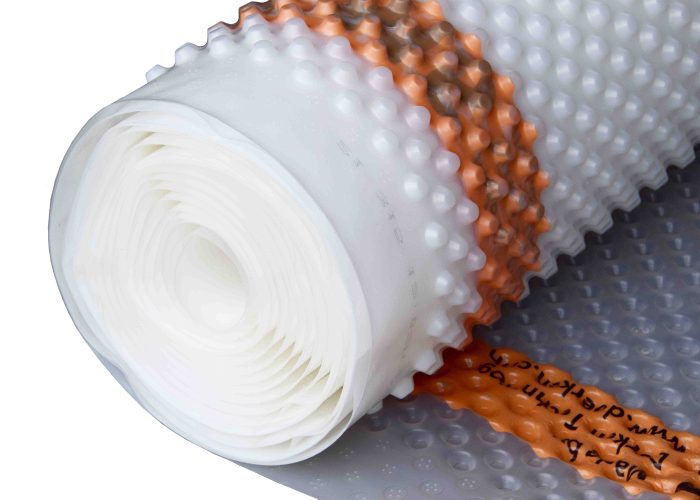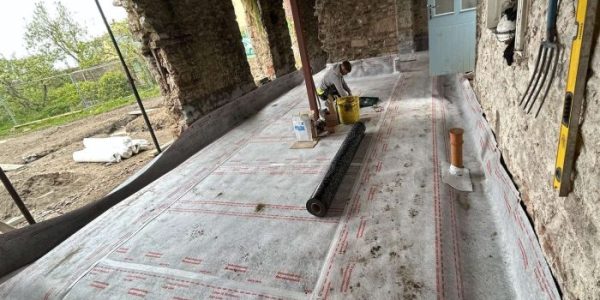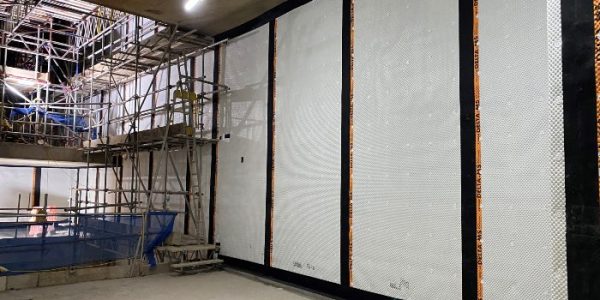This website uses cookies so that we can provide you with the best user experience possible. Cookie information is stored in your browser and performs functions such as recognising you when you return to our website and helping our team to understand which sections of the website you find most interesting and useful.
Overview
#Floodaware – flooding is ever present in the news, we are seeing homes destroyed and families left homeless on a frighteningly regular basis. An estimated 5.2 million homes are at risk from surface, river and coastal flooding; over 400,000 are classed as ‘extreme high risk’. Both the construction and insurance sectors have sought to find innovative ways to prevent flood damage. Whilst homes already constructed in a flood prone area need adapting, developers need to take flood prevention measures into consideration when commencing new developments.
In 2016 Delta Membranes Systems were delighted to attend a series of meetings chaired by the BRE to discuss Flood Resilience measures in a bid to reduce the suffering experienced by thousands of home and business owners whilst taking into account the vast cost implications to home owners and insurers in making properties more resilient in the face of flooding.
Delta Membrane Systems were thrilled when the BRE proposed that in order to convey this message to home & business owners, construction professionals and insurers alike, they suggested one of their properties, a Victorian terrace house to be used for the purposes of installing flood resilience measures and utilising technology already in existence and adapting it to provide a robust solution.
The event was sponsored by the PCA “Property Care Association” and Steve Hodgson CEO was in attendance.
Methodology
Delta Membrane Systems Ltd’s Technical Director, David J Symes produced a specification with the assistance from John O’Brien, BRE Associate Director Construction Innovation and Delta registered installers Proten Services Ltd.
The specification for resilience was simple, using the same technology Delta have used for many years in Basements or below ground situations with additional consideration as to how we could adapt this to work in flood situations. In addition to flood water entering through openings to properties (such as doorways, air bricks and windows) buildings also suffer, in some cases with ground water rising up through flooring, causing extensive damage.
How does the technology help us?
Flood water enters a home causing extensive damage to the fabric which leads to Insurers appointing a loss adjuster to assess the extent of the damage and the claim.
The strip out begins and follows with the implementation of dehumidifiers to dry out the structure, this takes many months and Insurers bear huge financial burden with not only this process but the process of reinstatement costs and providing alternative accommodation for their clients, the BRE states that masonry under typical conditions will dry out at a rate of 1” per month per thickness of substrate.
Flood water also contains contaminates which require the walls and floor to be sterilized.
In order to significantly reduce downtime, a Delta membrane (Delta MS500) can be fitted to walls, as demonstrated within the BRE test house. This is a HDPE extruded sheet, offeres a dimpled effect, therefore providing an immediate barrier against the effects of slats and contamination allowing fast track reinstatement at the same time allowing for walls to dry. The same process can be used where there is a solid floor, a solid floor can be overlaid with Delta MS20, also demonstrated in the BRE test house which is a 20mm extruded sheet. We suggest installation prior to the inclusion of finishes such as insulation and screed. In short the walls and floor have been lined with a cavity drain membrane which provides an air gap.
Secondly we make the structure more resilient by installing a Delta perimeter drainage channel rebated into the floor, this deals with ground water which may rise through the floor. The drainage channel collects water beneath the floor membrane and immediately evacuates it to the Delta packaged pump station which houses two submersible pumps, the lower end of the spectrum a Delta pump will evacuate 2 litres per second per pump so a total of 240 litres per minute. Alternative pumps are available that will evacuate 6 litres per second each.
With a further modification 110mm standard underground is laid within the slab and turned up 90 degrees to finish flush with the floor finishes which can be located in unobtrusive locations covered with a floor grill (as installed in the BRE flood house). This will pick up water that may bypass flood gates which should be installed in conjunction with the system and immediately evacuate it reducing damage. Floors are typically tiled, in mapped areas after flooding to reduce damage and other products can be installed such as waterproof insulation and plasterboard and screeds.
Case study results
Flooded by Hertfordshire Fire Department for BBC1 Countryfile, the Flood house superseded expectations. The property highlighted it was capable of both resistance and resilience.
The Flood House project has been deemed a great success and showcases to contractors, insurers and householders alike that resilient repair isn’t a great challenge or difficult and a regular practice/necessity for properties in areas at high flood risk.
All the Delta products where donated to the BRE.







